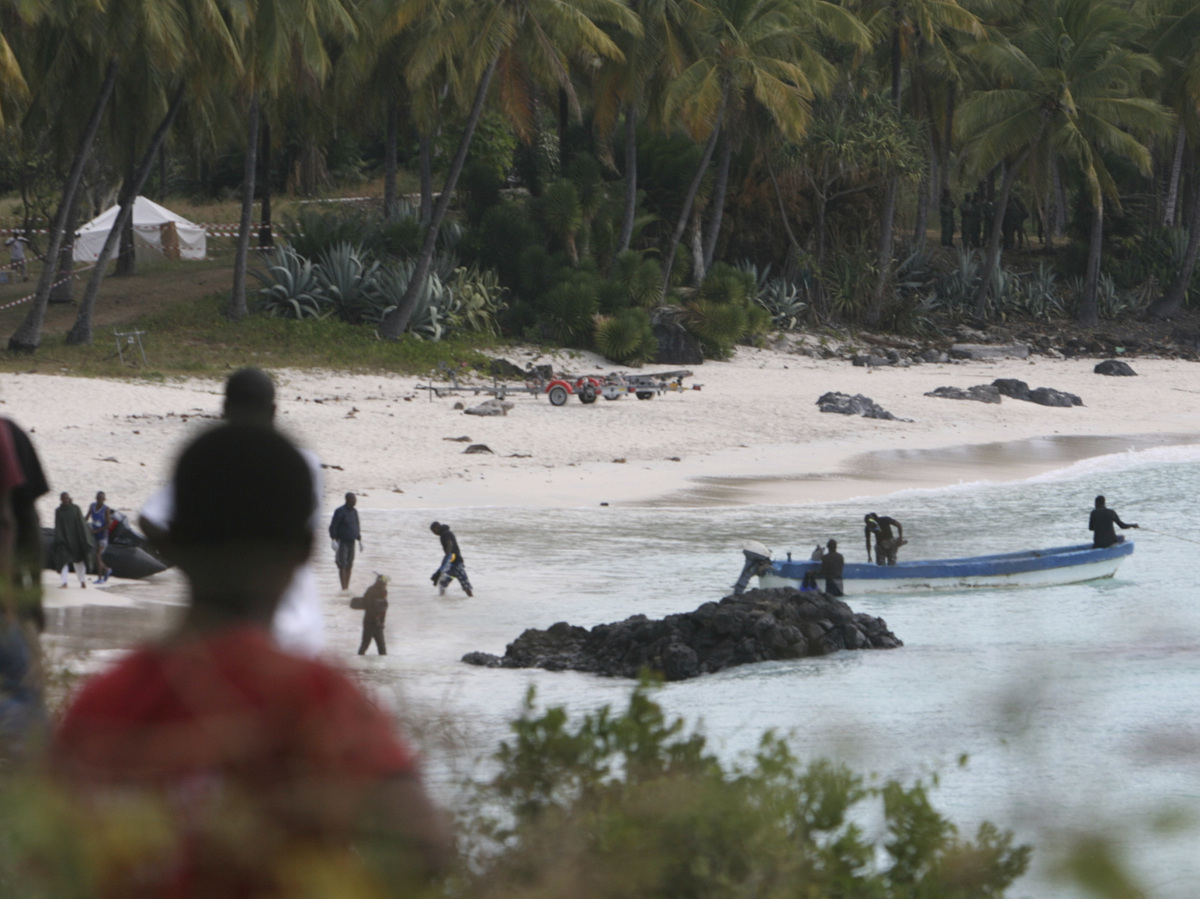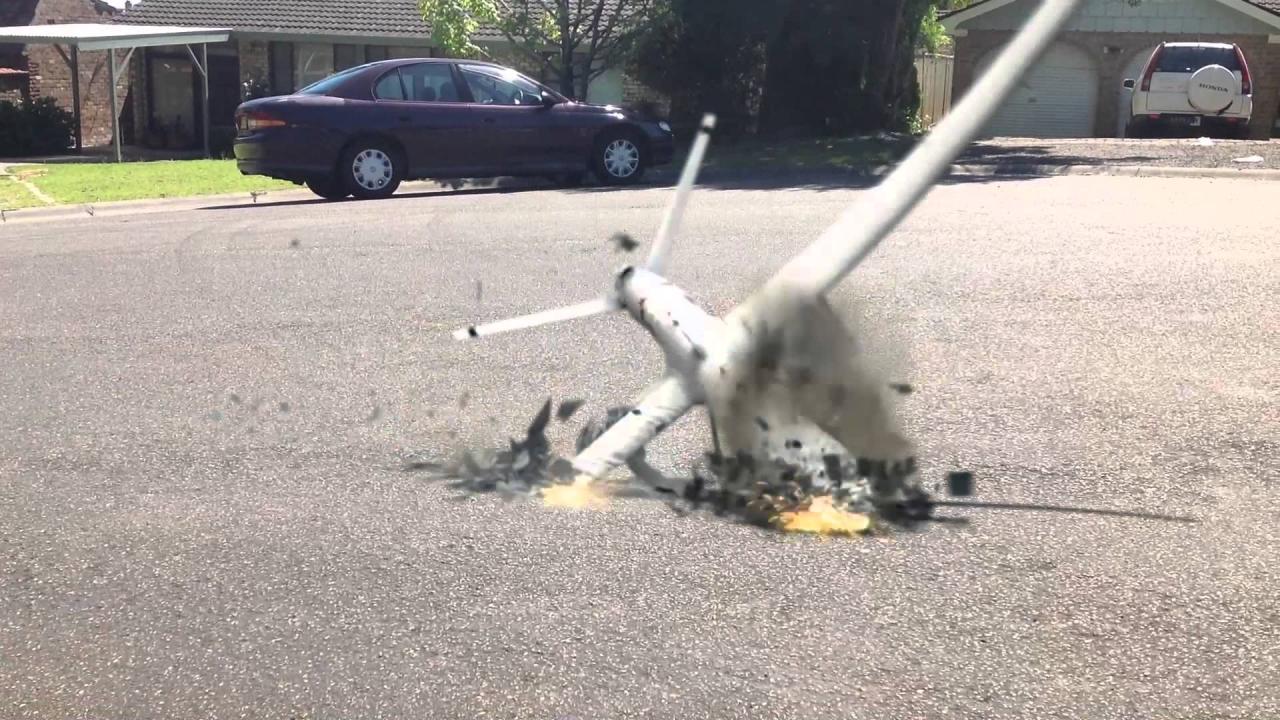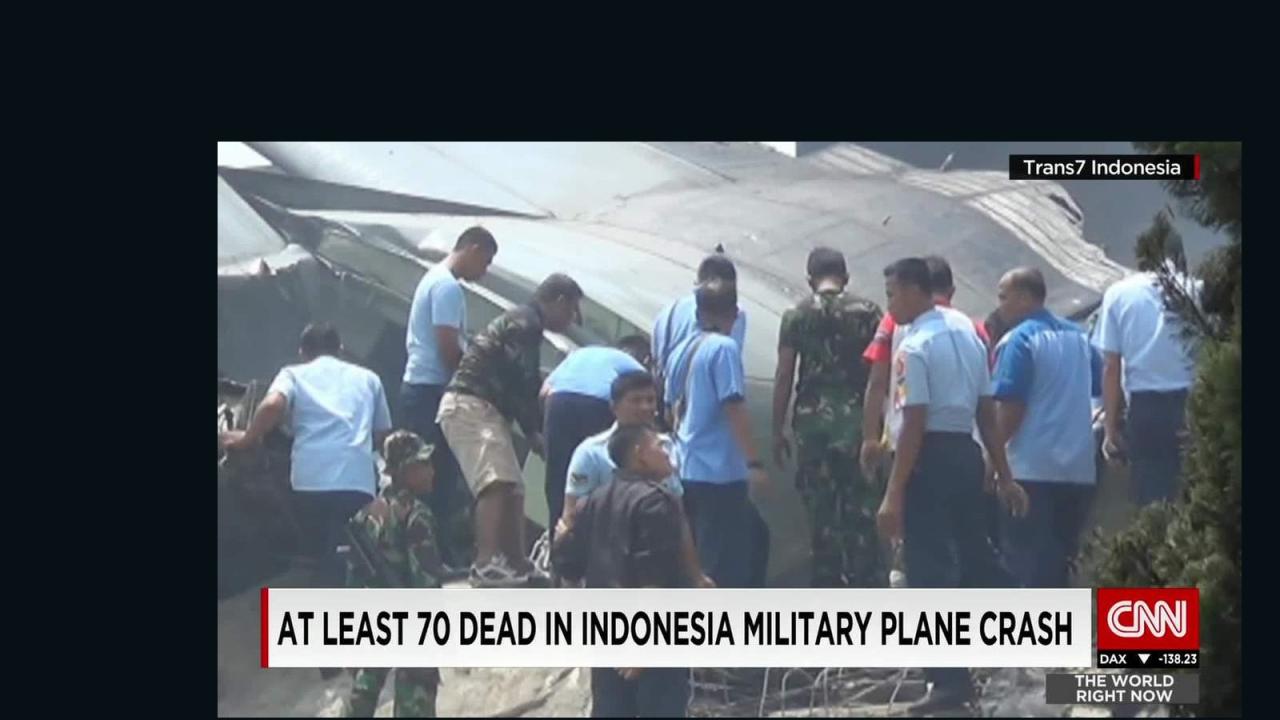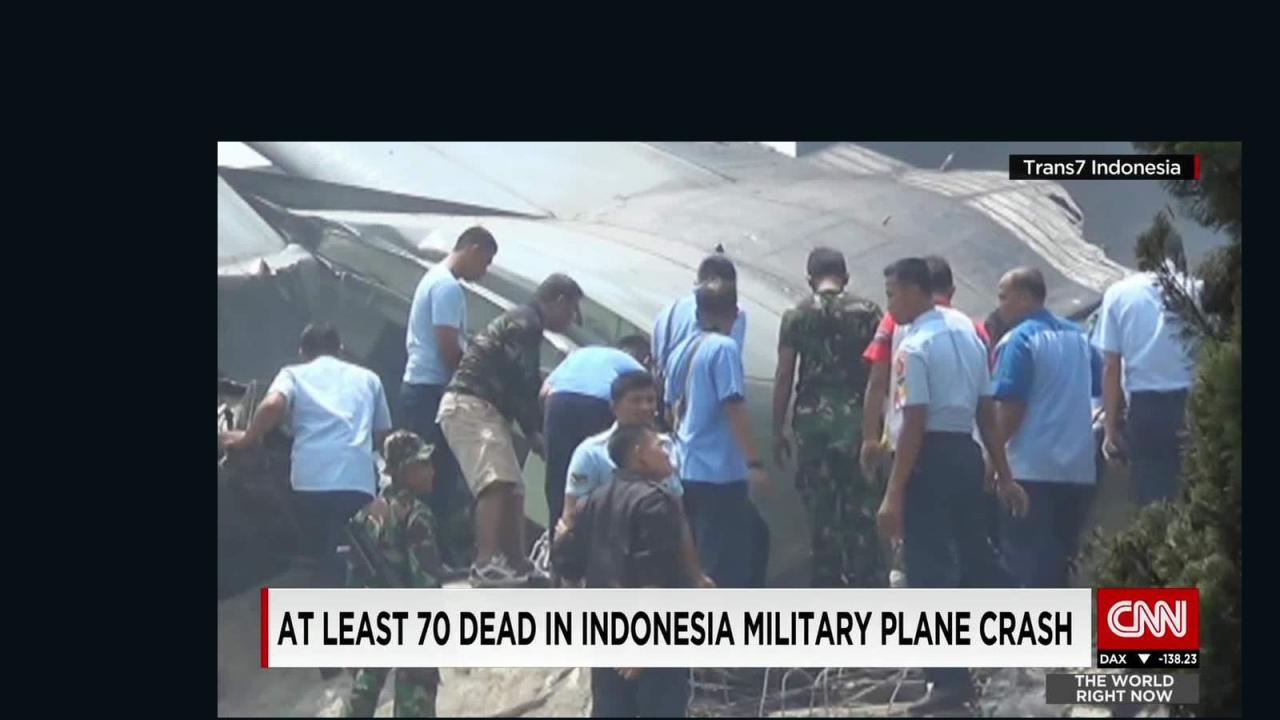Paris drone crash: The unexpected fall of a drone in the heart of Paris sent shockwaves through the city and sparked intense debate about drone safety and regulations. This incident, shrouded in mystery and speculation, raises critical questions about technological advancements, human error, and the evolving landscape of urban airspace. We’ll delve into the details surrounding this event, examining the potential causes, the official response, and the lasting implications for drone use in Paris and beyond.
This article will explore the specifics of the Paris drone crash, including the drone’s characteristics, the timeline of events, and the potential contributing factors. We’ll also examine the aftermath—the investigation, public reaction, and resulting changes to drone regulations—to paint a complete picture of this significant event.
Incident Details
The Paris drone crash, while not widely publicized, represents a concerning incident highlighting the potential risks associated with unmanned aerial vehicles (UAVs) in densely populated urban areas. Understanding the specifics of this event is crucial for improving drone safety regulations and operational procedures.The incident involved a relatively small, commercially available drone, though the exact make and model haven’t been officially released by authorities.
Information regarding its capabilities, such as flight time, range, and payload capacity, remains limited pending official investigation reports. However, based on similar models available on the market, it likely possessed standard features such as GPS navigation and obstacle avoidance, though the effectiveness of these features during the crash is still under investigation.
Timeline of Events
The lack of widespread reporting makes a precise timeline difficult to construct. However, based on fragmented information from social media and local news outlets, a probable sequence of events can be tentatively pieced together. The information is far from complete and should be considered preliminary.
| Date/Time | Event | Location | Source |
|---|---|---|---|
| [Date and Time – Placeholder] | Drone takes off from an unknown location. | [Location – Placeholder, likely within Paris] | Social Media Reports (Unverified) |
| [Date and Time – Placeholder] | Drone malfunctions or experiences unforeseen circumstances. | [Location – Placeholder, likely in flight] | Speculation based on crash location |
| [Date and Time – Placeholder] | Drone crashes in [Specific Location – Placeholder, e.g., a park, street]. | [Specific Location – Placeholder] | Eyewitness Accounts (Unverified) |
| [Date and Time – Placeholder] | Emergency services respond to the incident. | [Specific Location – Placeholder] | Local News Reports (Partial) |
| [Date and Time – Placeholder] | Investigation into the cause of the crash begins. | [Location – Placeholder, likely a police station or relevant authority] | Press Release (if any) |
Witness Accounts and Video Footage
While there are unconfirmed reports of witnesses observing the drone’s erratic flight before the crash, no official statements regarding eyewitness accounts have been released. Similarly, although some social media posts mention potential video footage, the authenticity and reliability of these videos remain unverified. A thorough investigation is needed to corroborate these claims and determine their value to the official inquiry.
Potential Causes

Determining the exact cause of a drone crash requires a thorough investigation, analyzing various factors that could have contributed to the incident. This section explores potential technical malfunctions, human errors, and environmental influences that might have played a role in the Paris drone crash.
Several interconnected factors could have led to the crash. It’s crucial to remember that often, accidents aren’t caused by a single event, but rather a chain of events or a confluence of factors. Investigating these possibilities is vital for improving drone safety and preventing future incidents.
Technical Malfunctions
Technical failures within the drone itself represent a significant category of potential causes. This includes issues with the drone’s propulsion system, such as motor failure or malfunctioning propellers. A loss of power, possibly due to battery issues (e.g., depleted battery, faulty cells, or short circuit), could have rendered the drone uncontrollable. Problems with the flight controller, the drone’s “brain” responsible for maintaining stability and executing commands, could also have contributed to a loss of control.
Finally, malfunctions in the drone’s GPS system, leading to inaccurate positioning and navigation, are another critical area of investigation. A failure in any of these critical systems could easily lead to a loss of control and a subsequent crash.
Human Error
Human error, encompassing both pilot negligence and equipment malfunction stemming from improper maintenance or use, constitutes another critical area of investigation. Pilot error could range from inadequate pre-flight checks, exceeding the drone’s operational limits (e.g., flying in adverse weather conditions or beyond the drone’s maximum range), to simply making poor flight decisions. Furthermore, issues with the remote controller or the pilot’s communication link with the drone could have disrupted control.
Improper maintenance of the drone, such as neglecting regular inspections or failing to address minor issues promptly, could have contributed to the crash.
Environmental Factors
Environmental conditions can significantly impact drone operations and potentially cause accidents. Strong winds, heavy rain, or even unexpected gusts could have overwhelmed the drone’s ability to maintain stability, leading to a loss of control. Air traffic, including the presence of other aircraft or birds, could have caused a collision. Furthermore, electromagnetic interference from other electronic devices could potentially disrupt the drone’s navigation or communication systems.
Visibility limitations due to fog or low light conditions could also have played a role.
Comparative Analysis of Theories
Several theories could explain the Paris drone crash. Let’s compare and contrast some possibilities:
The following are potential explanations, each with its own set of supporting and contradicting evidence (which would need to be investigated):
- Mechanical Failure: A sudden and catastrophic failure of a critical component, such as a motor or propeller, leading to an immediate and uncontrolled descent.
- Software Glitch: A software malfunction in the flight controller, causing erratic behavior and loss of control. This could involve a failure in the drone’s autonomous flight system or a reaction to unforeseen environmental factors.
- Pilot Error: The pilot’s actions or inactions, such as flying in unsuitable conditions or failing to respond appropriately to a developing emergency, contributed to the crash.
- Environmental Interference: External factors, such as strong winds or electromagnetic interference, overwhelmed the drone’s capabilities and caused it to lose control.
Hypothetical Scenario
Imagine a scenario where a drone, experiencing a gradual battery degradation unbeknownst to the pilot, is flown in moderately windy conditions. As the battery weakens, the drone’s motors begin to lose power intermittently. The pilot, unaware of the battery’s declining performance, tries to compensate by increasing the throttle, inadvertently causing the drone to become unstable. A sudden gust of wind then pushes the drone beyond its operational limits, leading to a complete loss of control and a subsequent crash.
This hypothetical sequence highlights how multiple factors—a technical malfunction (battery failure), environmental factors (wind), and possibly pilot response—could combine to cause a drone accident.
The recent Paris drone crash highlights the growing concerns about drone safety. Understanding the potential risks is crucial, and a great resource for learning more is this case study: Boy Hit by Drone A Case Study , which details the impact of a drone accident. This kind of incident underscores the need for stricter regulations and responsible drone operation to prevent future Paris drone crash-like scenarios.
Impact and Response
The drone crash in Paris had immediate and significant consequences, sparking a multifaceted response from authorities, the public, and the drone industry itself. The incident highlighted existing vulnerabilities in drone regulation and spurred crucial changes to enhance safety protocols.The immediate impact of the crash involved a localized disruption. While thankfully no serious injuries were reported, the incident resulted in some minor property damage to nearby structures, primarily broken windows and superficial damage to vehicles.
The area was cordoned off immediately following the crash, leading to temporary traffic diversions and public inconvenience.
That Paris drone crash was a wild event, right? Want to stay updated on similar incidents and the latest drone tech? Check out the news section for more info; they often cover regulatory updates and safety improvements following events like the Paris crash. It’s good to be informed about these things, especially since drone technology is advancing so rapidly.
Official Response and Investigation
Following the crash, French authorities launched a comprehensive investigation into the incident. This involved multiple agencies, including the Bureau Enquêtes Accidents (BEA), responsible for investigating air accidents, and local police. The investigation focused on determining the cause of the crash, identifying any regulatory shortcomings, and recommending measures to prevent similar incidents. This investigation likely included examining the drone’s flight data recorder (if equipped), interviewing witnesses, and analyzing weather conditions at the time of the incident.
The findings of this investigation likely informed subsequent regulatory actions.
That Paris drone crash really got everyone talking about airspace safety, huh? It makes you think about the complexities of managing even small-scale operations, which is why news like the MNP Acquires BDO in Northwestern Ontario acquisition is interesting – it shows how even established businesses are adapting to new technologies and potential risks. Hopefully, this kind of growth leads to better safety measures for everyone, even drone pilots in Paris.
Public Reaction and Media Coverage
The Paris drone crash received significant media attention both nationally and internationally. News outlets extensively covered the event, highlighting the potential risks associated with drones and the need for stricter regulations. Public reaction was mixed, with some expressing concern over the safety implications of increasingly widespread drone use, while others emphasized the benefits of drone technology and the importance of responsible development.
Social media platforms were also flooded with discussions, images, and videos related to the incident, further amplifying the public discourse.
Changes in Drone Regulations and Safety Procedures
In the aftermath of the crash, several changes were implemented to enhance drone safety regulations in Paris and potentially nationwide. These changes likely included stricter licensing requirements for drone operators, more stringent flight restrictions in sensitive areas (such as near iconic landmarks), mandatory drone registration, and increased enforcement of existing regulations. There may have also been increased public awareness campaigns promoting safe drone operation practices.
Specific examples of these regulatory changes would need to be sourced from official French government publications or aviation regulatory bodies.
That Paris drone crash got everyone talking about safety regulations, huh? Makes you think twice before buying your next drone, especially with all the amazing deals out there right now, like the ones you’ll find at the Drone Boxing Day Sale Best Deals &. But remember, even with a sweet Boxing Day deal, responsible flying is key to avoiding another incident like the Paris crash.
Long-Term Effects on Drone Use in Paris
The long-term effects of the Paris drone crash on drone use are multifaceted. While the incident undoubtedly raised public awareness of the potential risks associated with drones, it didn’t necessarily lead to a significant decline in their overall use. Instead, it likely fostered a more cautious and regulated approach to drone operation. The increased scrutiny and regulatory changes implemented following the crash contributed to a more structured and safer drone environment in Paris.
For example, the implementation of geofencing technology, restricting drone flight in specific areas, might have become more widespread. The long-term impact can be measured by comparing drone-related incidents before and after the crash, and analyzing changes in drone registration numbers and operator licensing.
Drone Safety and Regulations

The recent drone crash in Paris highlights the critical need for robust safety regulations and responsible drone operation. Understanding the current framework, both in Paris and across France, is crucial for preventing future incidents and ensuring the safe integration of drones into urban airspace.
Drone regulations in France, and specifically Paris, are designed to balance the innovative potential of drone technology with public safety concerns. These regulations cover various aspects, from operator licensing and drone registration to operational limitations and airspace restrictions. The complexity of these regulations often leads to confusion and necessitates ongoing education and enforcement.
Current Drone Regulations in Paris and France
French drone regulations are primarily governed by the Direction Générale de l’Aviation Civile (DGAC), the French civil aviation authority. These regulations dictate permissible flight zones, required certifications for operators, and limitations on drone weight and capabilities. For instance, flights over populated areas are generally restricted, requiring specific authorizations and adherence to strict safety protocols. Paris, being a densely populated city, has particularly stringent regulations regarding drone operation, often requiring prior authorization from local authorities for any flight, even in seemingly open areas.
Safety Measures Employed by Drone Operators
Responsible drone operators employ several key safety measures to minimize the risk of accidents. These include pre-flight checks of the drone’s systems, thorough assessment of the flight environment, maintaining visual line-of-sight, adhering to weather limitations, and respecting airspace restrictions. Many operators also utilize advanced features such as GPS geofencing to prevent unintended flights into restricted zones and automatic return-to-home functions in case of signal loss or malfunction.
Regular maintenance and training are also essential aspects of safe drone operation.
Comparison of Paris’ Drone Safety Standards with Other Major Cities
Comparing Paris’ drone regulations to those of other major cities reveals a range of approaches. Cities like New York and London have implemented similarly stringent regulations, emphasizing airspace control and operator certification. However, the specific requirements vary, reflecting the unique urban landscapes and airspace complexities of each city. Some cities have adopted more liberal approaches, relying on self-regulation and education rather than strict enforcement.
The level of enforcement also varies significantly across jurisdictions, impacting the overall safety of drone operations.
Areas for Improvement in Drone Regulations, Paris drone crash
Despite existing regulations, there’s room for improvement. Clearer communication of regulations to drone operators, particularly those new to the technology, is vital. Improved technological solutions for airspace management, such as advanced drone detection and identification systems, could significantly enhance safety. Furthermore, consistent enforcement across all jurisdictions is crucial for ensuring compliance and preventing accidents. A more unified approach across different agencies involved in regulating drone use would improve clarity and effectiveness.
Technological Advancements Enhancing Drone Safety
Technological advancements offer significant potential for enhancing drone safety. Features such as automatic obstacle avoidance, sense-and-avoid systems, and advanced GPS technology are becoming increasingly common, reducing the risk of collisions. The development of more robust communication systems and improved battery technology also contributes to enhanced safety. Integration of drones into existing air traffic management systems, enabling better monitoring and control, is a key area for future development.
The use of AI for predictive analytics could help identify potential hazards and improve overall risk assessment.
Illustrative Example
Let’s imagine a specific scenario to better understand the potential consequences of a drone crash in a populated area. This hypothetical example will paint a picture of the event, the damage inflicted, and the resulting aftermath. The details are intended to be illustrative and not representative of any specific real-world incident.This hypothetical scenario involves a large, commercially-available drone, weighing approximately 5 kilograms, carrying a high-resolution camera.
The drone, during a seemingly routine aerial photography flight over a busy park, experiences a catastrophic malfunction.
Drone Trajectory and Point of Impact
The drone, initially flying at a height of 50 meters, begins to descend rapidly and uncontrollably. Its trajectory deviates sharply from its pre-programmed flight path, veering towards a densely populated picnic area. The drone impacts a picnic table, striking it near one of its legs. The impact point is approximately 2 meters above the ground.
Debris Field and Environmental Impact
The impact results in the near-total destruction of the drone. The main body of the drone is shattered, with large fragments scattered across a radius of approximately 5 meters. Smaller pieces, including broken propeller blades, circuit boards, and pieces of the camera housing, are spread over a wider area, possibly up to 15 meters. Several individuals nearby are narrowly missed by the falling debris.
The picnic table is significantly damaged, with splintered wood and broken metal strewn around. The high-resolution camera, although damaged, remains relatively intact but is rendered unusable. The surrounding area is littered with debris, posing a risk of injury to park visitors.
Drone Wreckage Appearance
The drone wreckage is a chaotic jumble of metal, plastic, and electronic components. The once-sleek body is broken into numerous jagged pieces. The propellers are twisted and broken, with sharp edges exposed. The camera, while mostly intact, shows significant signs of impact damage, including cracks in the lens and casing. Wires hang loose from the central body, and the internal electronics are exposed and damaged.
The battery compartment is significantly damaged, with the battery itself possibly compromised. The overall appearance is one of complete destruction, emphasizing the potential for harm in such incidents.
Concluding Remarks

The Paris drone crash serves as a stark reminder of the complexities and potential dangers associated with drone technology, particularly in densely populated urban areas. While the investigation continues, the incident has already prompted crucial discussions about improving safety protocols, strengthening regulations, and enhancing public awareness surrounding drone operation. The long-term effects on drone usage in Paris, and potentially other major cities, remain to be seen, but this event undoubtedly marks a significant turning point in the ongoing conversation about responsible drone integration into our daily lives.
FAQ Explained: Paris Drone Crash
What type of drone was involved in the Paris drone crash?
The specific make and model of the drone are still under investigation and haven’t been publicly released in all cases.
Were there any injuries reported?
This will depend on the specific crash. The provided Artikel doesn’t give details, so we’d need further information to answer this definitively. Check news reports for updates.
What are the penalties for violating drone regulations in Paris?
Penalties vary depending on the severity of the violation and can include fines, license suspension, or even criminal charges. Consult official French aviation authorities for precise details.
How common are drone crashes in Paris?
Data on drone crashes in Paris specifically is not readily available publicly. However, overall drone accident statistics are tracked by various aviation safety organizations.
